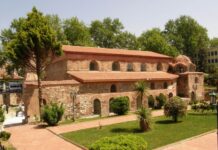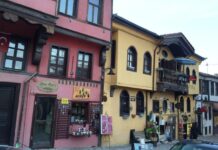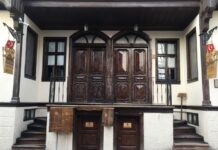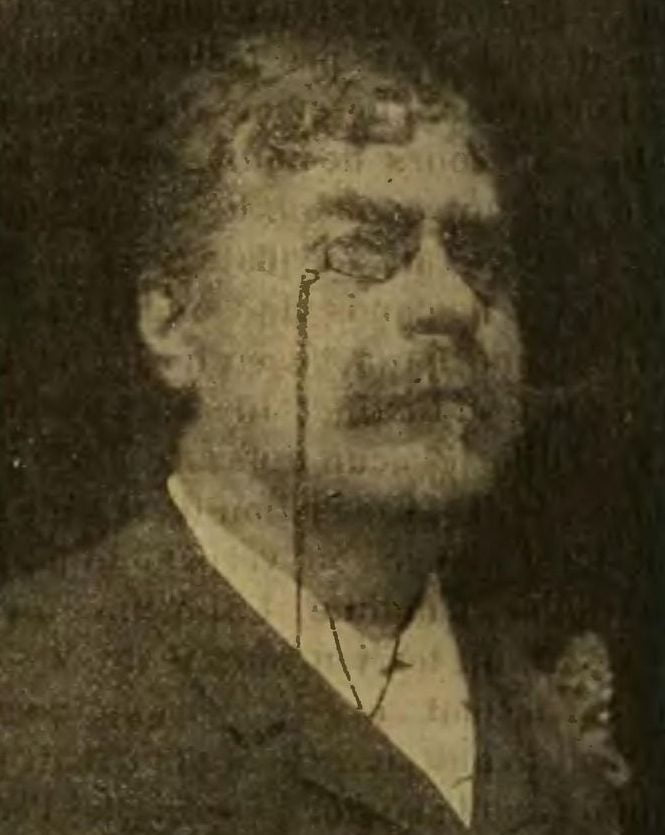Three clans are mentioned in the Name List. In addition to the glorious clan Dulo of the founders of the state, Avitohol and Isperih Asparuh, Vokil and Ugain are registered. The change of the ruling family is made by means of an election by the meeting of the eldermen of the aristocratic families (the boils). Because of this constitutional-monarchic reason, the Name List does not end with the last representative of a given dynasty; so the document becomes a general state record.
They date the situating of the Bulgarian state in Europe, and more precisely in the Caucasus-Black Sea basin, to 165 AD but also transfer the origin and development of Bulgarian statehood as far back as the 1st millennium BC when its European prehistory contains anonymous, although powerful rulers. That is attested also by the seven-ray rosette medallion of rulers and priests, found in Pliska, the capital of Danube Bulgaria in the 7-9 centuries. It is a unique astronomical device for calculating the situation of celestial bodies.
King I Isperih
“These 5 kings ruled the kingdom on the other side of the Danube for 515 years with shaven heads. And after that, King I Isperih came to this side of the Danube. It I is the same until now”
After their crossing of the Danube, the Bulgarians continued to use their perfect calendar even after the adoption of Christianity. The written evidence thereof, however, is scarce. Two other sources, in addition to the Name List of Bulgarian Kans, deserve special attention. Of the 94 Old Bulgarian inscriptions, one explicitly evidences that the calendar was used in the pre-Christianity period. It is the inscription of Kan Omurtag (814-831), in which the dating is made after the cyclical calendar a SHEGOR ELEM [Year Ox, Month Eleven], and according to the official Byzantine calendar.
The second source from the time after the conversion to Christianity, is the note added to the translation of The Orations of St Atanasius of Alexandria, which announces that “Boris had converted the Bulgarians”. There are also many images with calendar meaning, interwoven in the ornamentation of buildings, tombstones and other monuments. Madara Horseman, a fundamental monument of the Bulgarian medieval culture-religion probably contains astronomical-calendar knowledge and a message to the Man of the future.
Read More about Milan Hidden paradises








